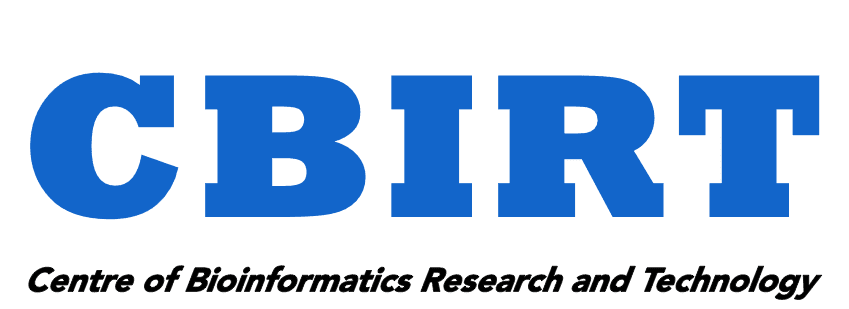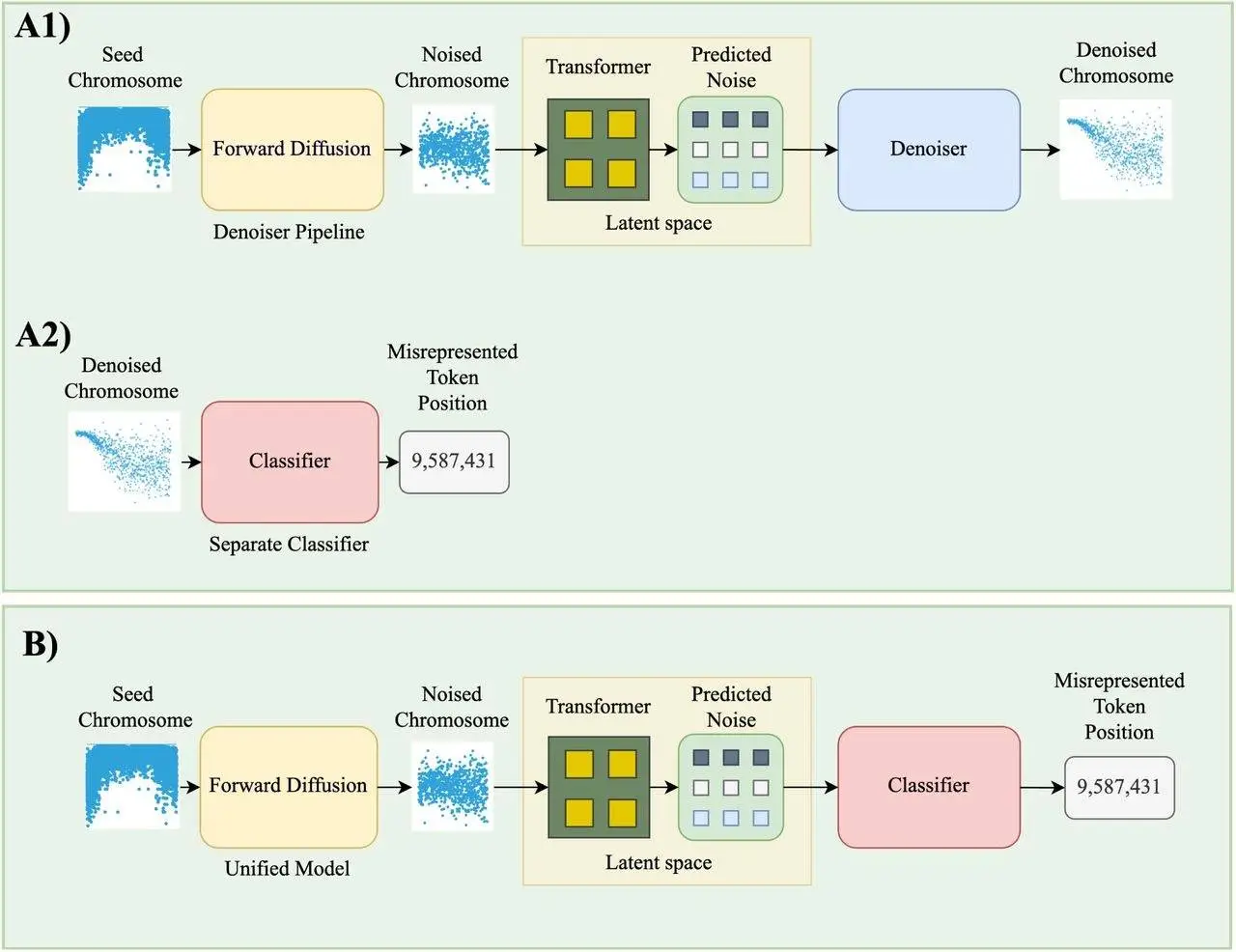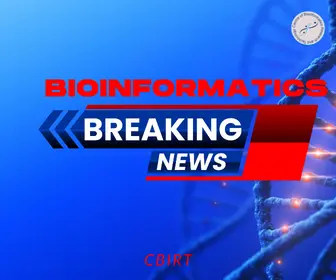Understanding the human genome is often compared to deciphering an ancient, complex language with three billion characters. While AI has made great strides in processing natural languages, reading DNA as fluently as a first language has remained a challenge—until now. A groundbreaking study by Oleksandr Koreniuk and Malick G. Njie from Ecotone, Brooklyn, introduces dnaSORA, a revolutionary AI model that transforms how we analyze genetic data.
Bridging Genomics and AI
Traditional genomic studies face difficulties around intricacy and magnitude, needing large amounts of data to find genes related to a certain disease. dnaSORA offers a new way of looking at things by applying diffusion transformers used in AI image generation to genomic data. This innovation lessens the dependence on patients, thus enabling the study of rare genetic diseases with only a couple of dozen samples.
A key inspiration behind dnaSORA is the “Hawaiian experiment,” a lesser-known genetic mapping technique that simplifies the overwhelming diversity of genetic diseases into structured, predictable patterns. More significantly, it enables AI to learn the abstract grammar of the genome in the same way it learns to comprehend and produce human speech.
How dnaSORA Works
DnaSORA integrates several AI techniques into a unified model with both generative and discriminative capabilities:
- Single-Model Integration: Unlike traditional models that separate the generator and discriminator, dnaSORA merges them, enhancing efficiency and accuracy.
- Minimal Data Requirements: While conventional studies need thousands of genomes, dnaSORA can work with significantly smaller datasets, making it a game-changer for rare disease research.
- Synthetic Training Data: The model trains on artificially generated genomic data, refining its predictions on real-world samples without requiring expensive and extensive sequencing.
As a result of employing these technological advancements, dnaSORA set new records by achieving the unprecedented mark of 0.3 megabases (Mb). Unlike prevailing methods, which are constricted to the range of hundreds of megabases, this means a significant improvement. Spending time and money is heavily reduced when genomic therapies are being manufactured due to the high level of precision being met.
The Power of Resolution: Small Changes, Big Impacts
Resolution plays a critical role in understanding genetic variations. dnaSORA was tested across different genomic resolutions—100Mb, 10Mb, and 1Mb—to observe how resolution affects mutation detection and analysis.
- 100Mb resolution: The model identifies three candidate mutations per region, including two background mutations and one causal mutation.
- 10Mb resolution: The number of candidates drops to 1.2 per region, improving precision.
- 1Mb resolution: The model achieves near-perfect accuracy, identifying only 1.02 candidates per region, with almost no background noise.
Better detection of disease-causing mutations can be done with higher resolution without false positives.
Implications for Medicine and Drug Development
The impact that dnaSORA’s technology holds is staggering. In the localization of disease-causing genes, the obtainable precision significantly reduces the cost of drug development. Pharmaceutical companies allocate about $3 billion for each drug, with medications failing 65% of the time due to poor targeting. With dnaSORA, precision and accuracy can cut costs by 70% and aid in developing new effective medications. This would remove financial barriers to access to new treatments.
Additionally, dnaSORA is extremely helpful for therapies developed using CRISPR-Cas systems. Since many rare diseases are caused by small genetic errors, pinpointing these with high accuracy paves the way for more effective and personalized gene-editing treatments.
Beyond Rare Diseases: The Future of Genomic AI
Even though dnaSORA is currently targeting rare genetic diseases, the scope of its relevance is immense. With about ten thousand identified genetic diseases existing in the world, there is a range of nearly 800 million people who suffer from it. This model can catalyze research in other areas, such as cancer genetics and neurodegenerative disease.
Moreover, the understanding of dnaSORA can aid scientists in figuring out the genome’s constituents in detail. If AI can “interpret” DNA as a linguistic system, the range of identification could be as wide as evolutionary biology, accurate medicine, and more.
Conclusion
DnaSORA is a frontrunner in genomics that stands to transform the efficiency and accuracy with which genetic data is analyzed and interpreted. There is a reason for concern with how AI and genomics mix together, yet the reality of the situation is that it can bring a new dawn in medicine by making genetic therapy more accurate, affordable, and representable.
If the glasses of a dnaSORA model can be put on, a future might be in sight where the human genome understanding levels would be comparable to book reading. Not everything is as it seems, but life’s secrets are simply waiting to be opened as the world evolves.
Article Source: Reference Paper
Disclaimer:
The research discussed in this article was conducted and published by the authors of the referenced paper. CBIRT has no involvement in the research itself. This article is intended solely to raise awareness about recent developments and does not claim authorship or endorsement of the research.
Important Note: bioRxiv releases preprints that have not yet undergone peer review. As a result, it is important to note that these papers should not be considered conclusive evidence, nor should they be used to direct clinical practice or influence health-related behavior. It is also important to understand that the information presented in these papers is not yet considered established or confirmed.
Follow Us!
Learn More:
Anchal is a consulting scientific writing intern at CBIRT with a passion for bioinformatics and its miracles. She is pursuing an MTech in Bioinformatics from Delhi Technological University, Delhi. Through engaging prose, she invites readers to explore the captivating world of bioinformatics, showcasing its groundbreaking contributions to understanding the mysteries of life. Besides science, she enjoys reading and painting.
















